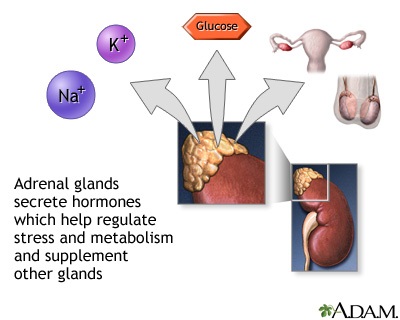

The neurohypophysis is essentially just the termination point of axons that derive from the supraoptic and paraventricular nuclei in the hypothalamus. This portal system drains blood from the median eminence, where hypothalamic releasing factors are formed, to the pituitary, where the releasing factors signal cells of the adenohypophysis to release their hormones. The blood supply of the pituitary consists of hypophyseal arteries that form a superficial network of capillaries that become a portal plexus of veins that supply the substance of the pituitary with blood. Ĭhromophobes: these are pale-staining cells that are not associated with specific hormone secretion.īasophils: these cells stain purple and produce either thyroid stimulating hormone (TSH), adrenocorticotrophic hormone (ACTH), or the gonadotrophic hormones follicle-stimulating hormone (FSH) and luteinizing hormone (LH) known in the male as interstitial cell stimulating hormone (ICSH).They produce either growth hormone (GH) or prolactin (Prl). The adenohypophysis has three major cell types based upon their appearance with H&E staining:Īcidophils: these cells stain bright pink. The median eminence of the hypothalamus above continues down as an infundibular stalk that connects to the pituitary below in the sella turcica. Between these two parts is the pars intermedia that consists of small cystic structures lined by a cuboidal epithelium and containing pink proteinaceous material-and rarely Rathke's pouch remnants.

The posterior pituitary (neurohypophysis, or pars nervosa) is derived from a downgrowth of neural tissue from the hypothalamus.

Occasionally, remnants of Rathke's pouch persist between anterior and posterior pituitary that are nests of cells have a squamous appearance. The anterior pituitary (adenohypophysis, or pars distalis) is derived from an upward evagination of pharyngeal epithelium known as Rathke's pouch. The pituitary develops embryologically from two sources. Thus, endocrine glands are highly vascularized with many small capillaries among the nests of endocrine cells. Endocrine glands secrete directly into the bloodstream, not through a duct system. Thus, the hormones secreted by the endocrine glands enter the circulation and are carried throughout the body to act upon target cells located far away from the secreting glands.


 0 kommentar(er)
0 kommentar(er)
